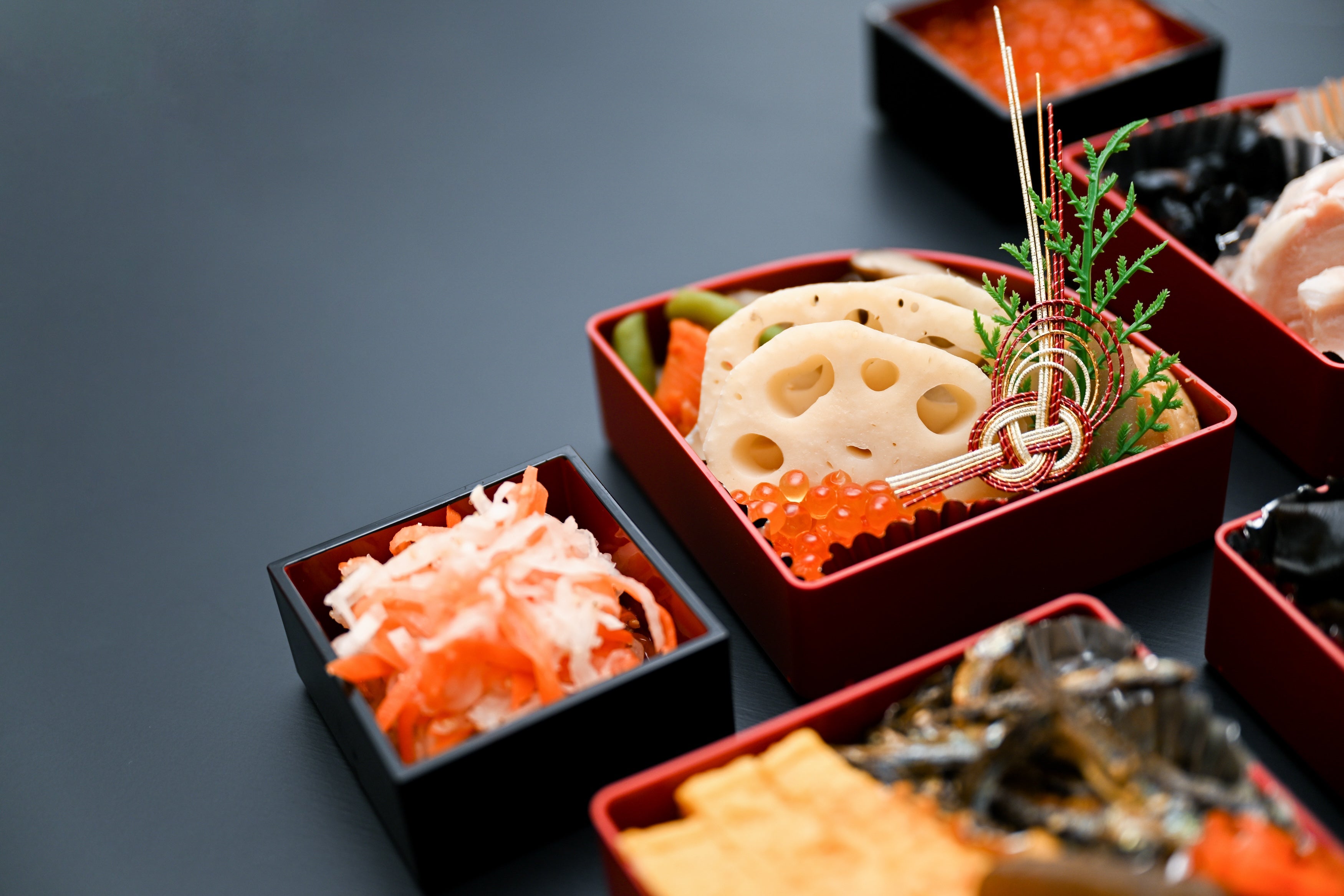

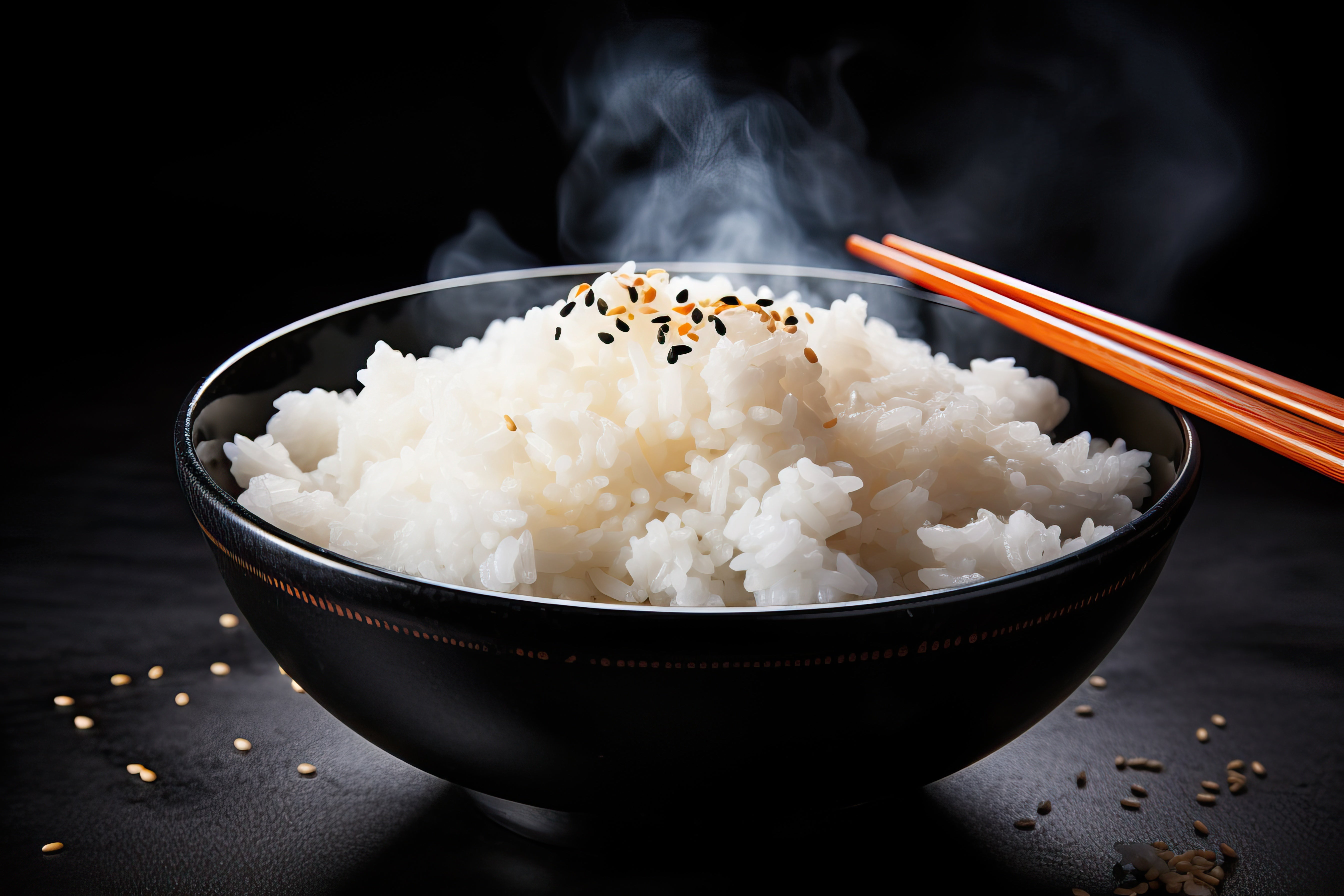

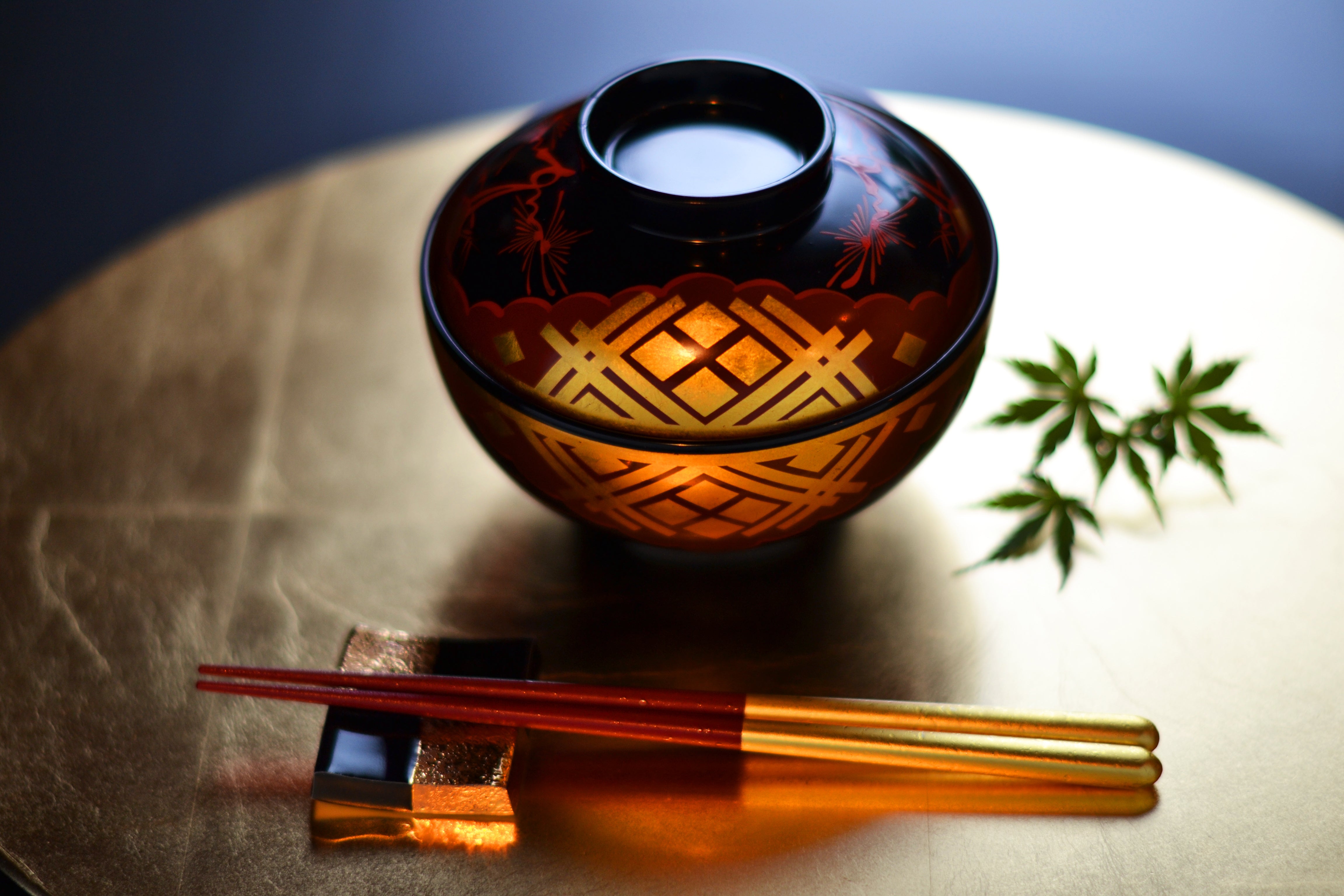



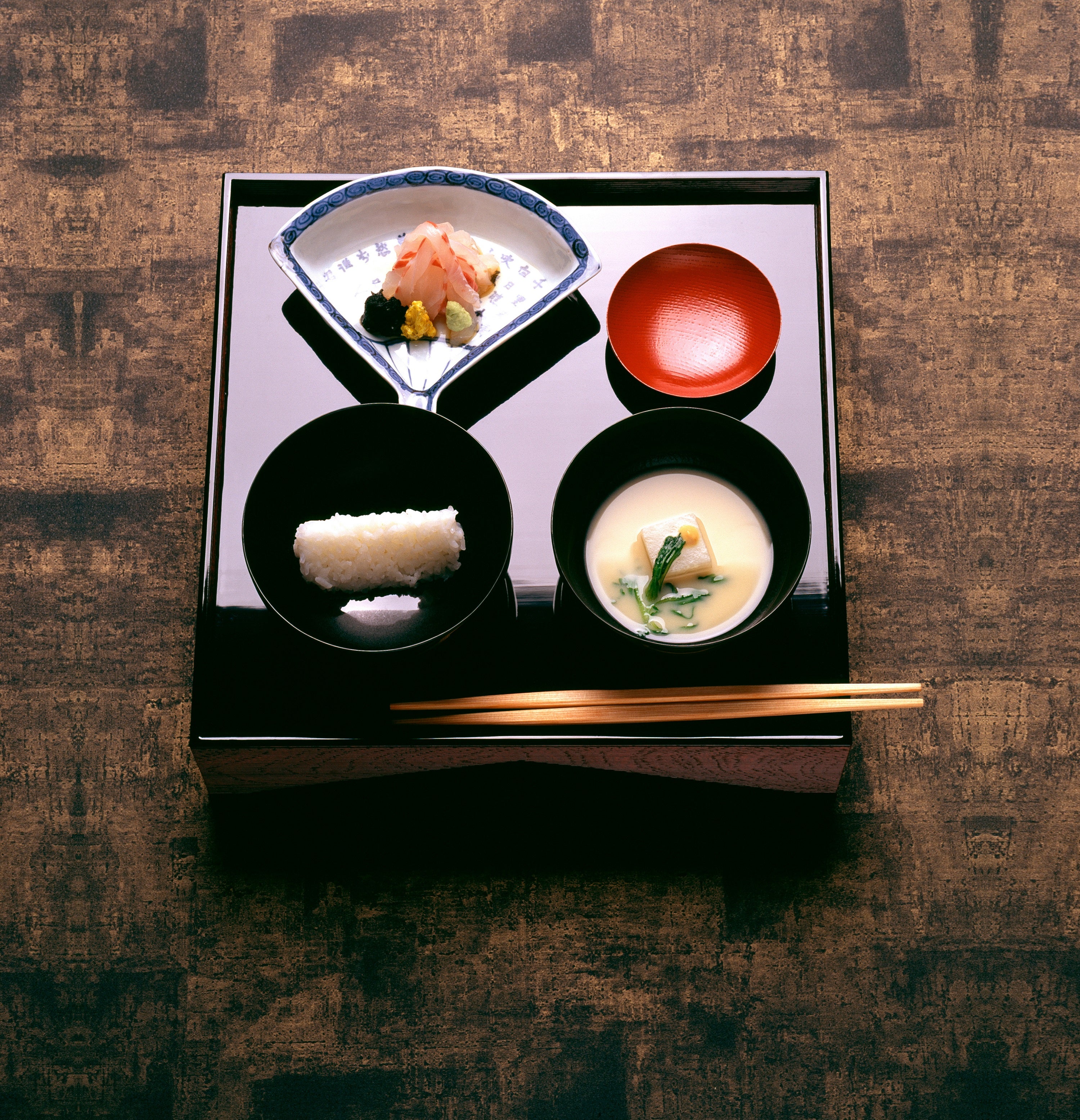

The History of Rice: A Journey Through Japan's Staple Crop
Rice, or "kome" in Japanese, is more than just a dietary staple in Japan; it has cultural, economic, and spiritual significance, and it has shaped the nation's identity for over a millennium. Its story is of innovation, adaptation, and reverence, deeply woven into the fabric of Japanese history. This humble grain, Oryza Sativa, has been a source of sustenance and a symbol of prosperity. Let’s delve into the multifaceted history of rice in Japan, from its ancient beginnings to its enduring significance in modern times.
I. The Arrival of Rice: A Transformative Moment
The earliest record of rice cultivation in Japan dates back to the late Jomon era (around 400 BC) in the southern island of Kyushu, although it is possible that it has been around for even longer. It likely arrived in Japan through trade routes with China and Korea. The Itazuke archeological site in Fukuoka prefecture is the earliest settlement where excavations revealed rice paddies, irrigation channels for diverting river water and storages for rice. This marked a pivotal moment in Japan's agricultural history, as it replaced millet, the previous primary grain, and resulted in fundamental changes in Japanese society. Rice cultivation requires communal effort and cannot be done alone. Sharing water resources, planting, warding off pests, harvesting and many more steps of rice farming required the people to come and work together. This led to community groups forming, which became the foundation of Japanese society.
II. The Evolution of Rice Cultivation Techniques
The cultivation of rice in Japan evolved over centuries, culminating in the Japanese method known as "Tanada" or terraced rice fields. These meticulously constructed fields, etched into the hillsides, exemplified the Japanese people's mastery of agriculture. Not only did these terraced fields showcase human ingenuity in maximizing arable land, but they also became iconic landscapes that influenced art, literature, and poetry.
III. Rice as the Foundation of Social and Economic Systems
Over time, rice even took its place as a major form of currency in Japan. Rice signaled wealth and was used to rank one’s social status among the upper elites. From the the Nara (710-794) to the Edo era (1603-1868), the peasant class was forced to pay taxes to the feudal lords in the form of rice, and the samurai received their salary in rice. Since one cannot sustain on rice alone, the uneaten rice was exchanged for currency. This led to the emergence of brokers, money changers and rice markets, which played a crucial role in establishing the early modern banking system and a currency-based economy.
IV. The Edo Period and the Culmination of Rice Culture
The Edo period (1603-1868 CE) was a pinnacle in Japanese rice culture. The city of Edo, which later became Tokyo, blossomed into a bustling metropolis, and the city's growth was strongly tied to the rice trade. Sake taverns, or "sakaba," opened everywhere, highlighting the role of rice in the thriving urban culture. Rice was not just a commodity; it was a cultural currency that fueled the flourishing arts, cuisine, and lifestyle of the period.
V. Modernization and Technological Advancements
The 19th and 20th centuries marked an era of rapid modernization. The Meiji Restoration (1868) brought innovations in agriculture, including the adoption of modern machinery and the establishment of agricultural universities. This led to white rice becoming available for all social classes, while up until that point it was mostly reserved for the upper class, as removing the rice bran was labor-intensive and expensive. Lower classes could only afford to eat brown rice and other grains such as wheat, millet and starches such as potatoes. The advancements of the Meiji era, together with the introduction of high-yield rice varieties during the Green Revolution, greatly increased rice production, ensuring Japan's food security during a period of rapid industrialization.
VI. Contemporary Significance of Rice in Japan
Today, rice remains a fundamental part of the Japanese diet and cultural identity, though consumption of rice is slowly but steadily decreasing due to other sides such as pasta or bread gaining popularity, but the average Japanese still eats rice as part of at least one meal a day. The practice of offering rice to deities, the use of rice in wide varieties of food and beverages, and the artful preparation of bento boxes all bear witness to the enduring importance of rice in Japanese culture.
The history of rice in Japan is a tale of resilience, innovation, and honour. From its humble beginnings to its integral role in shaping Japan's cultural, social, and economic landscape, rice stands as a testament to the enduring spirit of a nation.



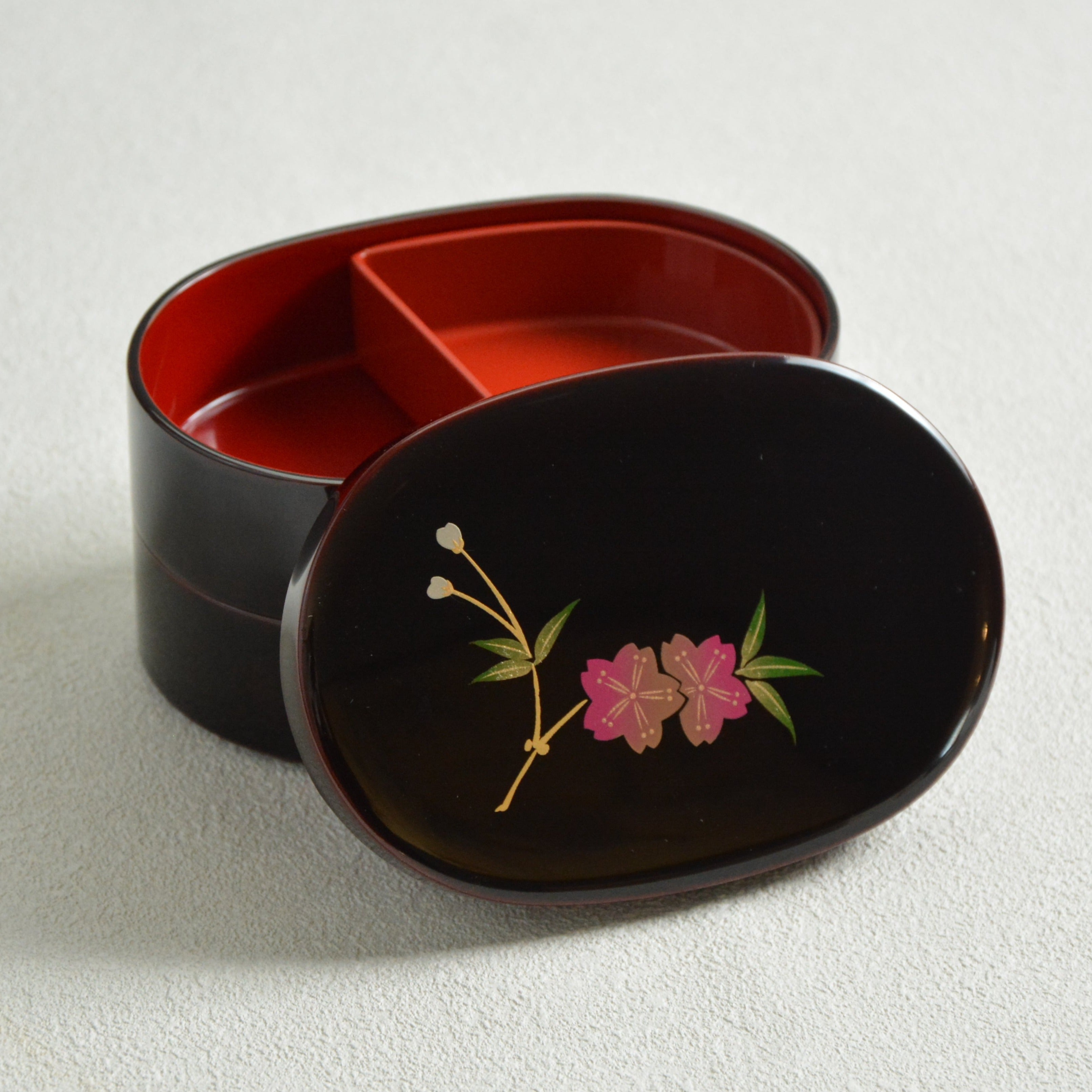
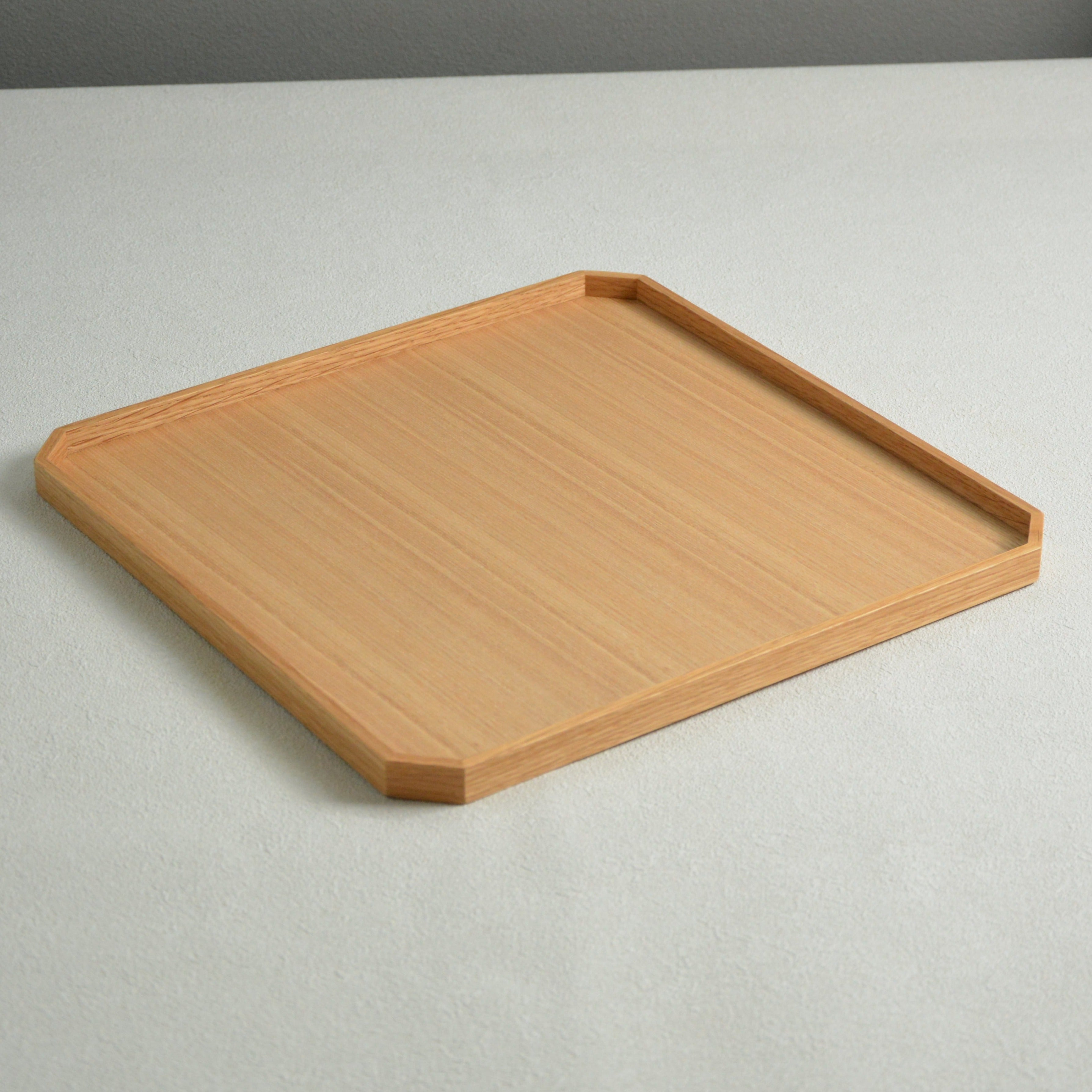
Leave a comment